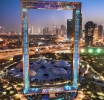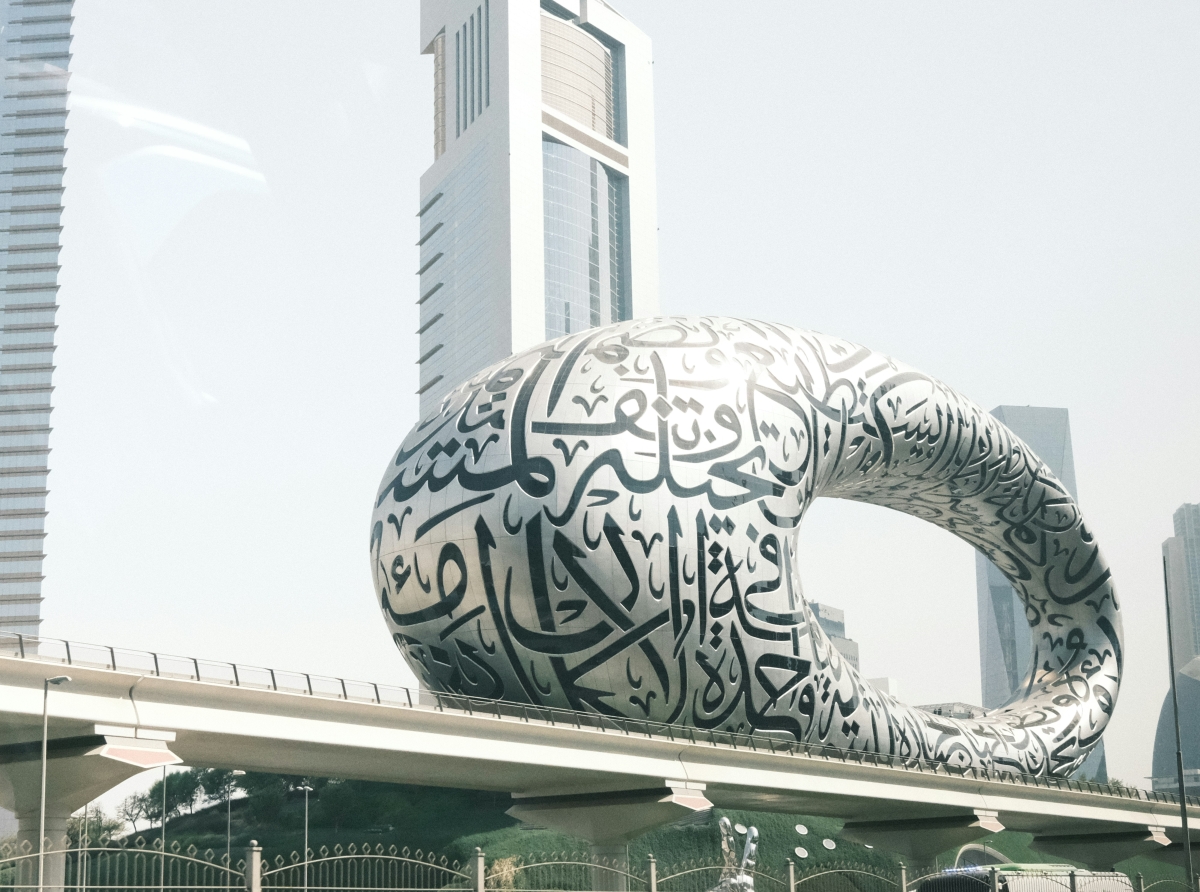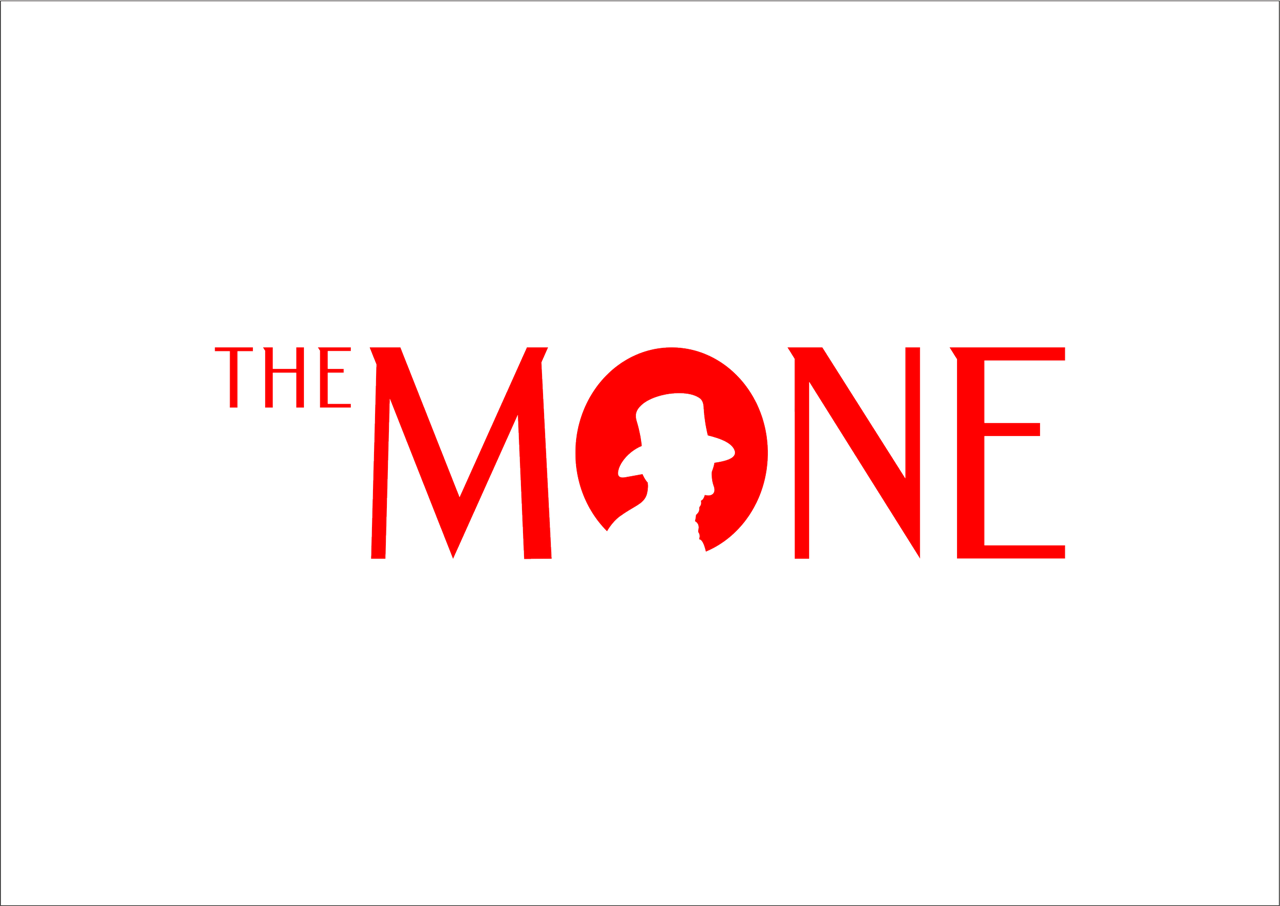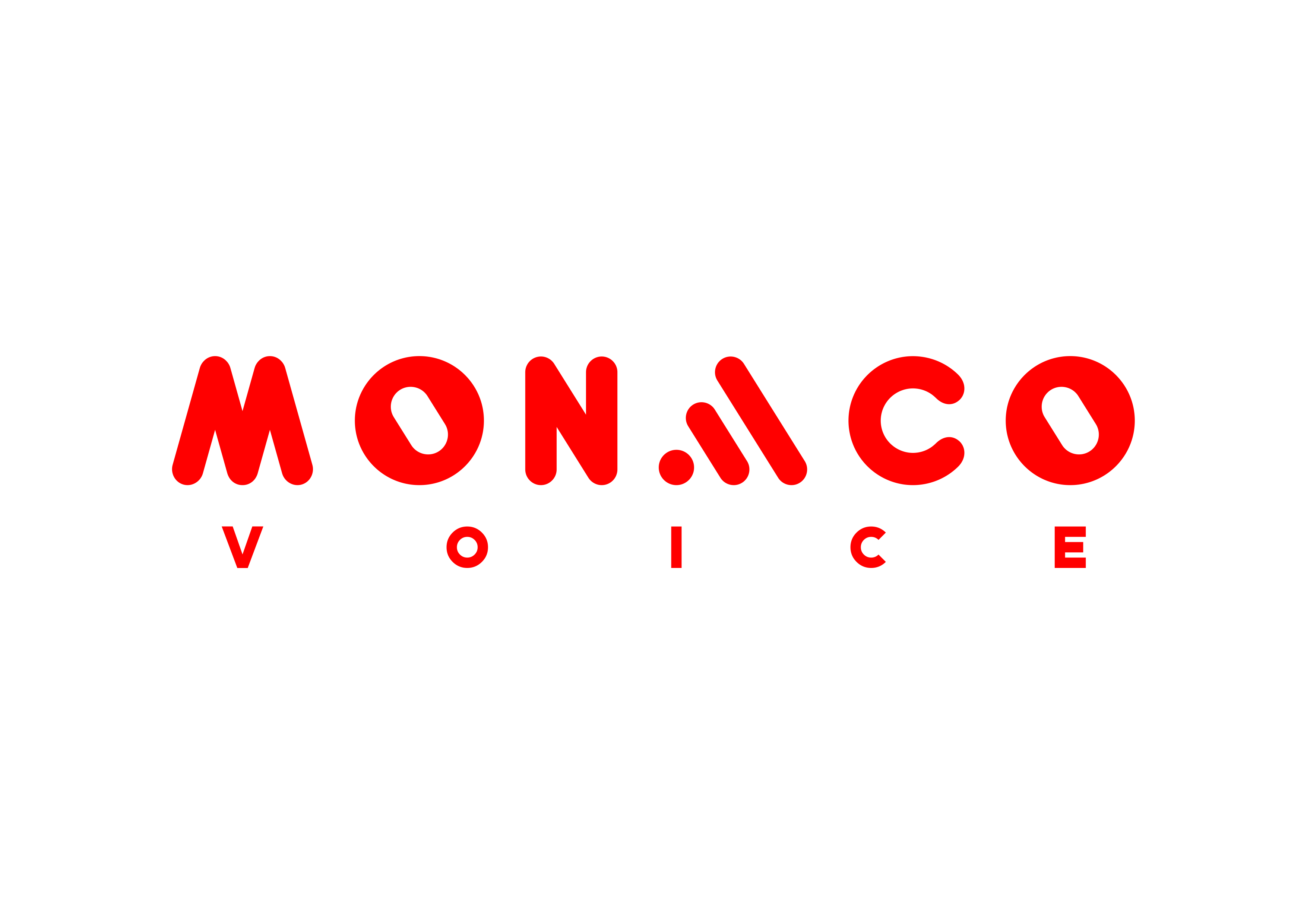In a city that thrives on redefining what’s possible, Dubai’s Museum of the Future stands as a bold testament to human imagination. Opened in 2022, this toroidal marvel, soaring 77 meters with a facade of 1,024 Arabic calligraphy panels, is more than a building—it’s a vision. Architect Shaun Killa, who called it “the most beautiful building on Earth,” designed a structure that seems to defy gravity, its gleaming, ring-shaped form evoking a gateway to the unknown. In Dubai, where the skyline is a canvas of ambition, the museum is both a destination and a declaration: the future is not to be predicted but shaped.
Spanning seven floors, the Museum of the Future is a dynamic exploration of what lies ahead. Its interactive exhibits delve into artificial intelligence, sustainability, and space exploration, offering visitors a tactile encounter with innovations that could redefine human existence. One floor envisions cities powered by renewable energy, with holographic displays simulating urban ecosystems. Another probes biotechnology, where visitors can interact with models of lab-grown organs. These are not static displays but invitations to think, question, and dream—a rarity in a world often content with the status quo. Since its opening, the museum has drawn over 1 million visitors, a number reported by its operators, reflecting its magnetic pull for those curious about humanity’s next chapter.
The building itself is a feat of engineering and artistry. Its stainless-steel facade, etched with Arabic calligraphy that doubles as windows, merges cultural heritage with cutting-edge design. The calligraphy, penned by Emirati artist Mattar bin Lahej, forms poetic verses about innovation and progress, illuminated at night to cast a glow over Dubai’s Sheikh Zayed Road. Constructing this edifice required precision: the void at its center, a symbol of the unknown future, posed challenges that pushed architectural boundaries. Yet, it stands flawless, a monument to Dubai’s ethos of turning the impossible into reality.
What sets the museum apart is its refusal to offer answers. Instead, it poses questions: How will we live sustainably? Can technology harmonize with humanity? These prompts resonate in a world grappling with climate crises and ethical dilemmas around AI. Visitors, from schoolchildren to global leaders, leave not with predictions but with a sense of agency—an urging to shape the future themselves. In 2023, the museum hosted global summits on innovation, cementing its role as a hub for dialogue, not just display.
Dubai’s Museum of the Future is a paradox: a fixed structure that celebrates flux, a local landmark with universal aspirations. It challenges the notion that the future is distant, insisting instead that it begins with every step through its halls. For a city that has long bet on boldness, this museum is both a triumph and a promise—a glimpse of tomorrow, crafted today.
Photo credits: Unsplash.
Oksana Bozhko is a Contributor to Dubai Voice.


